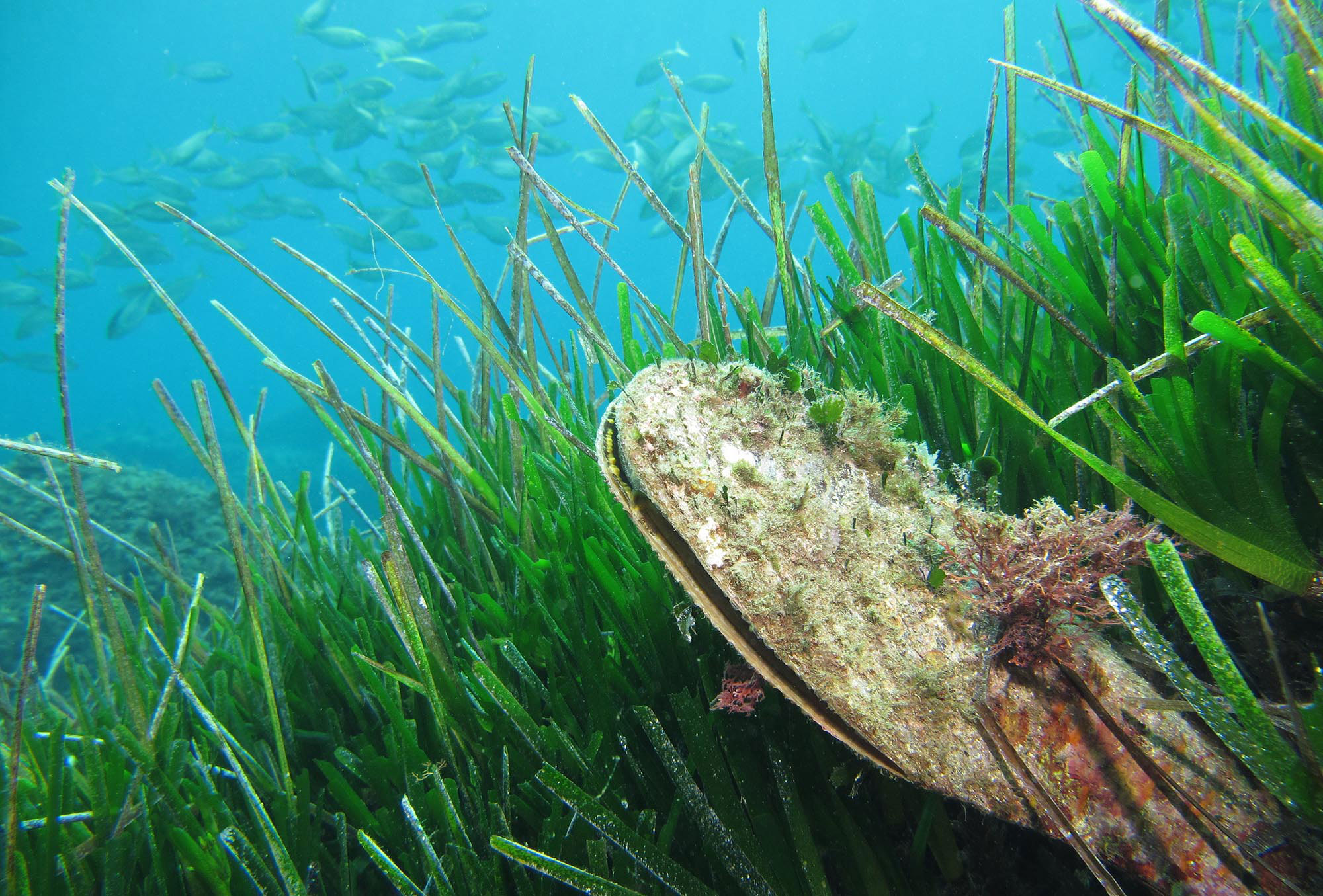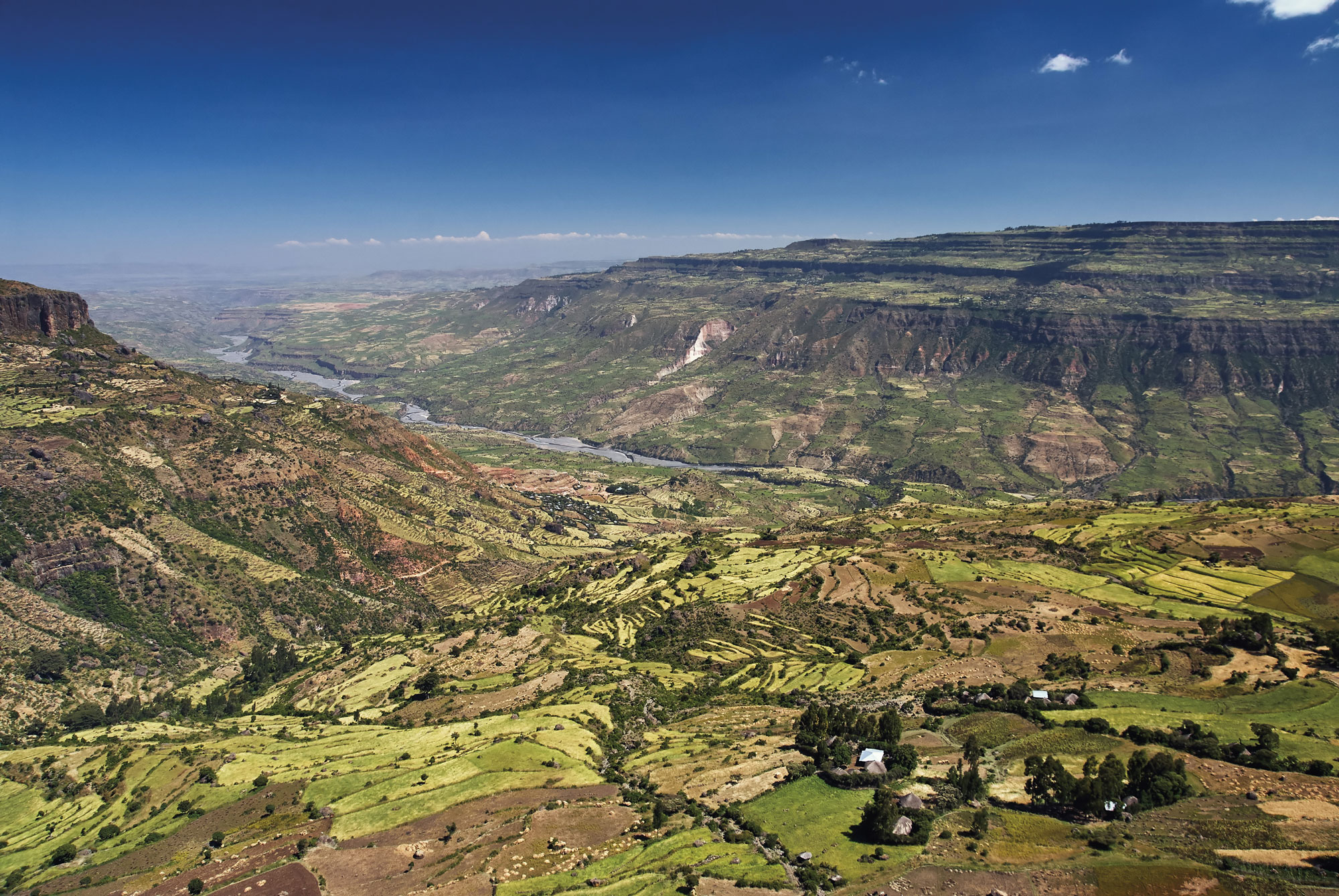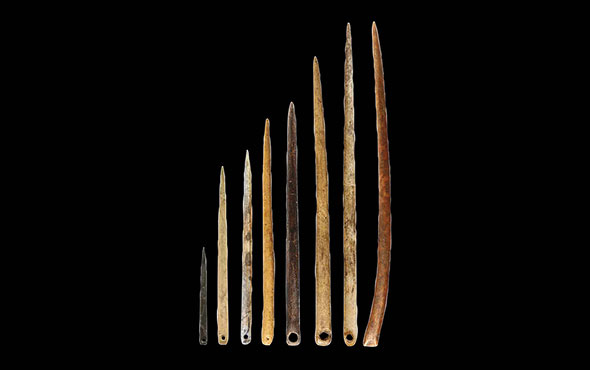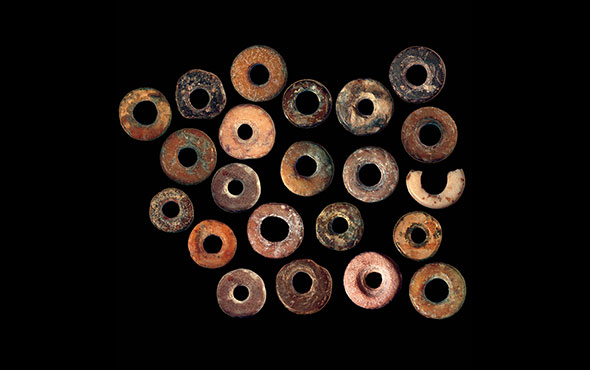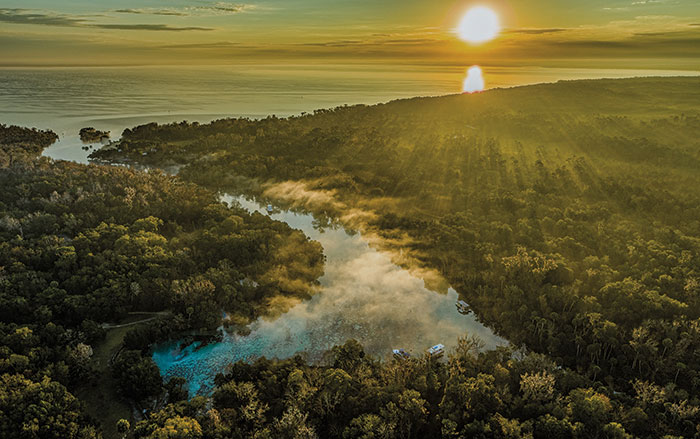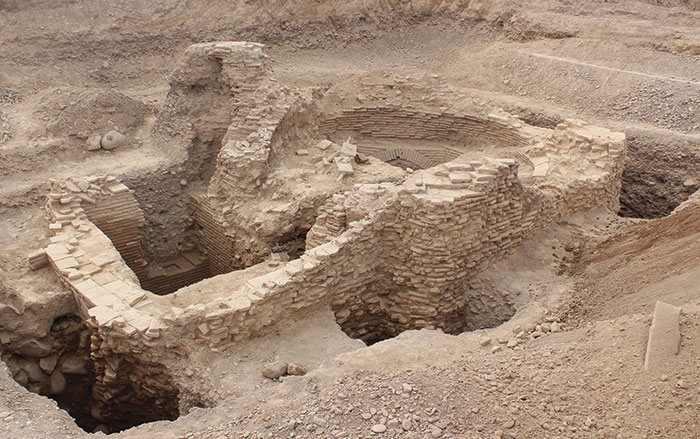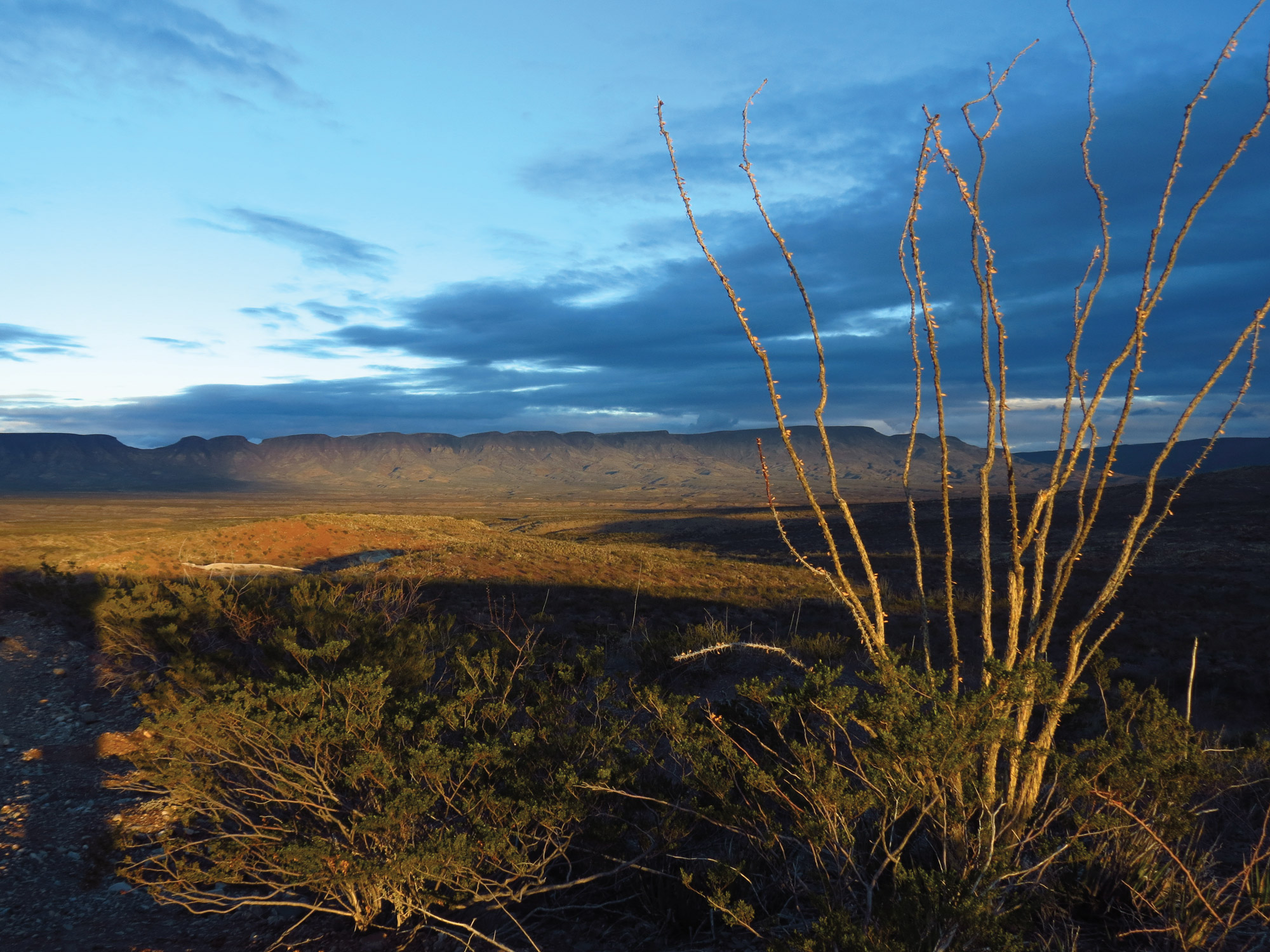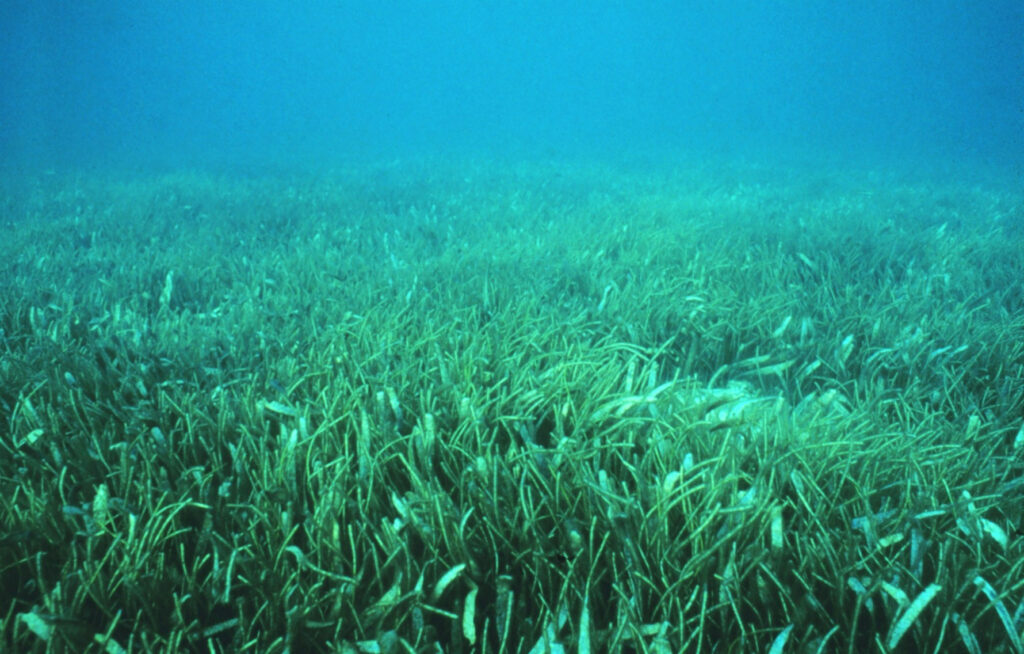
GIRONA, SPAIN—Hunter-gatherers have had an unexpectedly long and significant relationship with seagrasses, flowering plants native to shallow costal environments that live in thick underwater meadows, according to a report in The Conversation. That’s the conclusion of a team led by biologist Nicole R. Foster of the Blanes Centre for Advanced Studies, which reviewed the copious evidence for humanity’s deep relationship with seagrass and found that humans have depended on underwater meadows since at least the late Paleolithic period. Snails known to live in seagrass have been found in caves where Neanderthals lived 180,000 years ago. Too small to eat, the snails were likely transported to the caves in batches of seagrass intended to be used as bedding. The team outlined a number of other findings that show seagrass meadows harbor such a diversity of edible sea creatures that they may have helped fuel humanity’s many coastal migrations. Archaeological evidence also suggests that within the last 10,000 years coastal people across the world have directly harvested seagrass for food. Read the original scholarly article about this research in Ambio. To learn about how people living along North America’s western coast successfully managed marine resources, go to “The Edible Seascape.”


